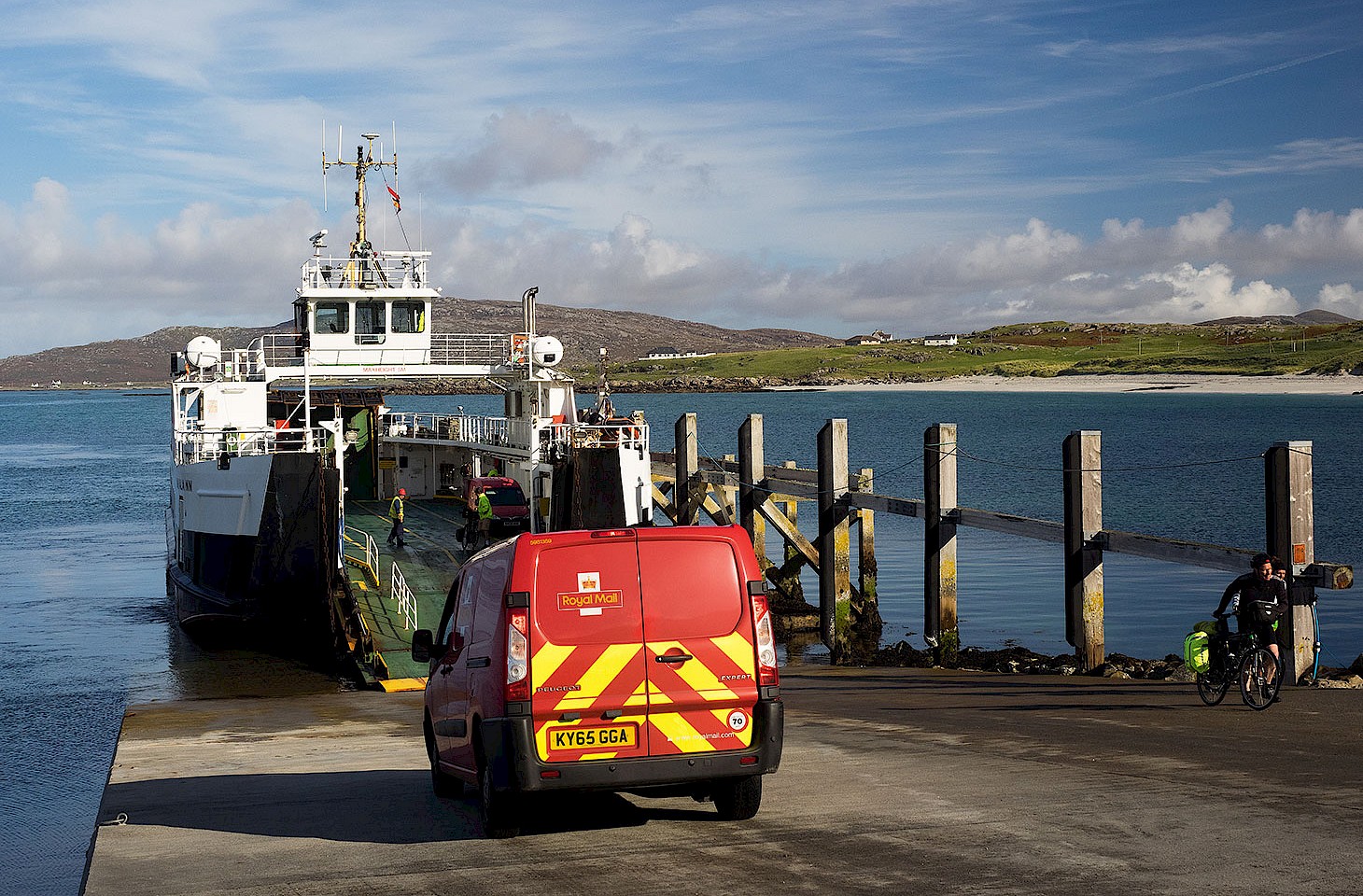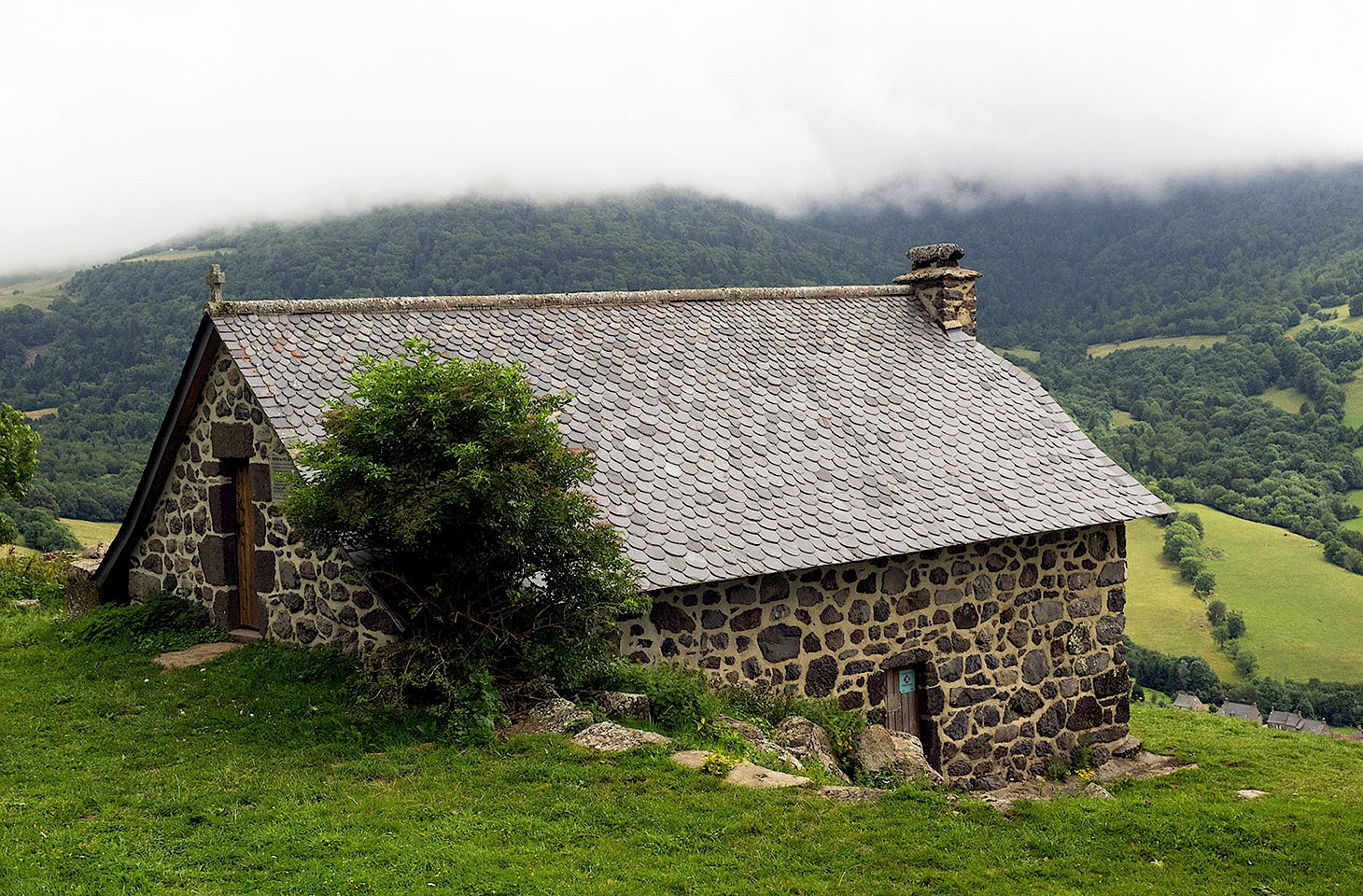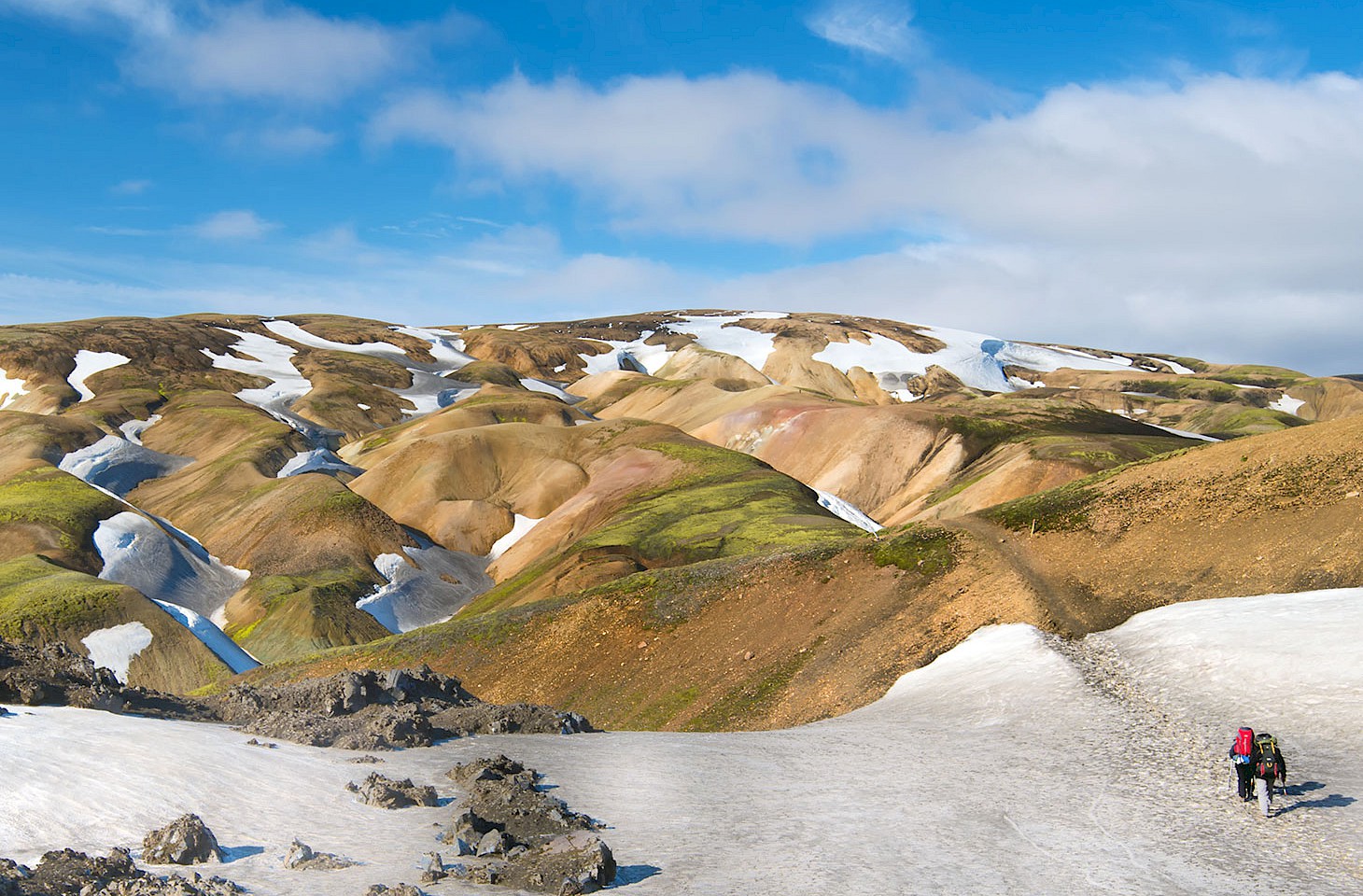Dear fellow travellers
They storm in, straight out of the Book of Revelation, and lay waste to the earth. Locusts! They do not make pleasant neighbours. Europe has been largely free of locusts in recent years – but not entirely. In 2004, a plague of locusts played havoc in the Canary Islands – part of a wider offensive which affected the entire Maghreb region.
This time last year, some areas in the south of the Russian Federation were enduring a visit by the ravenous insects. Entire areas around the northern rim of the Caspian Sea were laid waste. The locusts munched their way from Astrakhan to Dagestan and then ate bare some parts of the Volga region. This year they are back in Dagestan, wrecking crops and bringing untold misery to thousands of farmers and their families.
The epithet most commonly associated with a plague of locusts is 'biblical'. They may come from the Old Testament where locusts get a uniformly bad press in Joel, Jeremiah and Exodus. Or they may fly in from the New Testament where the Book of Revelation has locusts doing all manner of horrible things – among them inflicting months of torment on non-believers.
Around the northern rim of the Black Sea, the Pontic steppe has historically been very prone to invasion of locusts. When the locusts came, early settlers – at least those who knew the Book of Revelation – surely wondered if the Day of Judgement had arrived. So too did some early visitors to Odessa. When a British ship captain, Edmund Spencer, arrived in Odessa around 1850, he recorded:
“On our arrival, we found a fearful battle raging between the inhabitants and the ruthless enemies of vegetation. Every noisy weapon, from a pistol to a mortar, from a kettle-drum to a tin casserole, was rattling like thunder in the hands of the horrified citizens, for the purpose of defending their little domains, while the locusts fought quite as bravely to obtain possession of the luxuriant meal promised by the gardens and neat little shrubberies.
The Russian poet Alexander Pushkin arrived in Odessa in 1823 where he ill-advisedly had an affair with Eliza Vorontsov, the wife of the city's governor. This liaison produced some decent poetry, but it did not amuse Mikhail Vorontsov. Pushkin was in Odessa only under sufferance, having previously been living in exile in Chisinau on account of his social activism. Vorontsov decided that Pushkin should be given something to fill his time, ideally quite some way from Odessa. He was sent east to the Dniepr region, and told to research the habits of locusts so that Vorontsov might develop a plan for their eradication.
Pushkin never did file his report on locusts to the governor of Odessa, and the city suffered four more bad swarms in the 1820s. But Pushkin later recalled his role as locust-hunter in a short poem:
The locusts flew and flew over the plain.
They landed on the ground.
Ate everything they found.
And then the locusts flew and flew away again.
Nicky Gardner and Susanne Kries
(editors, hidden europe magazine)




